French Dressing is a movie I always feel I owe an apology. You see, back in the early 1980s when I was writing Ken Russell’s Films, it was something I wrote off — dismissed — in under two pages, but my dismissal was grounded in a quick scan of the script and the views of others. French Dressing was simply not available. Then — for reasons never really clear — it just popped up on TV at about 4 a.m. on an Orlando station in 1987. Well, I was wrong to have dismissed it — and so were those who’d helped me reach that conclusion. From a career standpoint, no, it was not a high watermark. It was not a success at the box office and was considered so British as to be unexportable. This isn’t surprising. Ken Russell was not at that point a box office name. He was known strictly for his TV work, and that was only in the UK. The film boasted no big name stars, received no promotion, and boasted perhaps the worst poster in the history of film — a crude drawing of a woman in a bikini, and with Russell billed as “Kenneth Russell” (which isn’t the case on the film itself). Commercially and critically (and serious film criticism was still pretty rare then), it was a flop, and Russell returned to TV for several years.
Artistically, French Dressing is something else altogether — though I grant you that’s more obvious in hindsight than it would have been at the time. Knowing Russell’s later work definitely enhances the film, because you can see where it will lead. There are traces of future work throughout — images and feelings that will appear again in films like The Boy Friend (1971), Mahler (1974), Tommy (1975), and Lisztomania (1975). (There are even traces of it in 1984’s Crimes of Passion and in his misunderstood 2002 “backyard” extravaganza The Fall of the Louse of Usher.) However, on its own this is a film of great charm and spirited inventiveness — and how this went unnoticed is harder to explain. I think it’s a combination of being ahead of its time and — and this may be the larger problem — being just too non-stop in its inventiveness. The film rarely — and barely — lets up and that was even more notable 50 years ago than it is now in our…let’s say, post-Baz Luhrmann world. (Compared to Luhrmann, French Dressing is almost restrained. Almost.)
At the same time, it is a rather odd film in that it’s an exuberant seaside comedy — with doses of satire — but at the same time, there’s a deep undercurrent of sadness running through the film. Some of this is probably due to the film’s English seaside resort location, since there is something inherently depressing about most of these — and that’s exacerbated here by the fact that the fictional Gormleigh is presented as a largely deserted and dreary place until Jim (James Booth) creates the town’s first film festival. However, much of this air of sadness is also inherent in the material and the way Russell presents it, especially in the relationship between Jim and his American girlfriend Judy (Alita Naughton).
The comedy in the film is often very funny and a lot of it is grounded in silent film comedy. There’s a sequence involving a Sir Walter Raleigh gag where the Mayor (Bryan Pringle) lays down his coat so that imported film star Françoise Fayol (Marisa Mell) can walk dry-shod (even though she’s already soaking wet) over a mud puddle — only the puddle turns out to be one of those five-foot-deep potholes that proliferate in Laurel and Hardy comedies. Intriguingly, the almost identical gag appears in Richard Lester’s A Hard Day’s Night, which as noted came later. Did Lester appropriate it? Or is it just the fact that both he and Russell were fond of silent comedy? Who knows? Regardless, it’s typical of the comedy in French Dressing.
Most of the satirical elements are quite pointed. Marisa Mell’s Bardot knock-off is a spot-on jab at French film stars who think of themselves as serious actresses, but who in reality are best known for taking off their clothes. And yet, she’s ultimately a very human and likable character. (Mell, who was nearly killed in a car crash shortly after the filming, always cited French Dressing as one of her favorite films.) The film festival itself is equally on the money — not just in the remark that film festivals “think an event is cultural if it’s foreign,” but in the ill-judged attempts of the locals to impress their guests. It doesn’t help that the Mayor is drooling over the guest of honor and has a knack for saying indelicate things about the French, as when he describes a parade float depicting French art with, “That one there, minus the ear, is Van Gogh. He cut it off — they’re a funny lot, these foreigners.”
But what really sells the film lies in its constantly inventive direction and its visual panache. The latter is only surprising — come on, it’s Ken Russell who rarely lacks for striking and flamboyant visuals — because not only is Russell in the uncharted waters of feature film production, but this is his first encounter with widescreen film. That he immediately knows how to use the Cinemascope or Panavision format is remarkable. Rarely is the compositional possibility wasted. Almost every shot and every camera movement is gauged for the shape of that wide frame. Some are obvious — like three-shots or masses of characters across the screen — but others are not — like Marisa Mell’s sideways close-up when Russell has her lying down to talk on the phone. There are also moments that verge on the surreal — and the business with torching the blow-up dolls is actually a little creepy and disturbing.
No, French Dressing is not perfect. Russell has a tendency to overuse fast-motion on occasion. (I have a hunch that he’s making up for a childhood filmmaking attempt where he misunderstood how fast-motion was accomplished and ended up with slow-motion.) Plus, some of the casting poses a problem — or at least a mixed bag. Alita Naughton — who seems to have gotten the job because she was photographer David Hurn’s girlfriend. Russell had made a BBC short on Hurn — Watch the Birdie — earlier in the year and opted to use her here. It’s easy to see why. She’s cute as a button and she has an appealing natural screen presence. There’s only one problem — she can’t act, and she proves it almost every time she has to deliver dialogue. When her mouth is shut, she’s charming, however, so it’s almost a wash. Russell must have liked her — he gave her a small (mostly silent) role in Isadora Duncan, the Biggest Dancer in the World (1966).
The Asheville Film Society will screen French Dressing Tuesday, July 7, at 8 p.m. in Theater Six at The Carolina Asheville and will be hosted by Xpress movie critics Ken Hanke and Justin Souther.




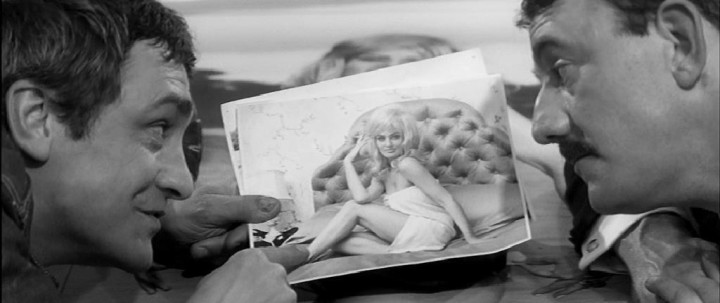
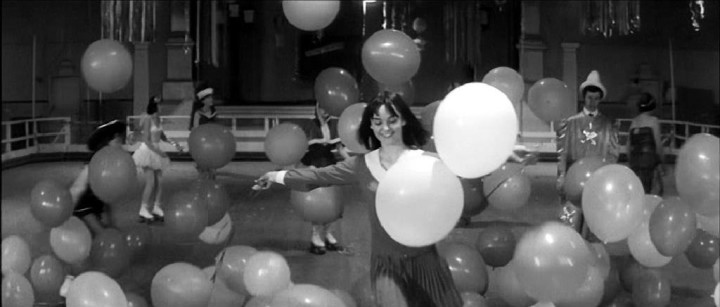
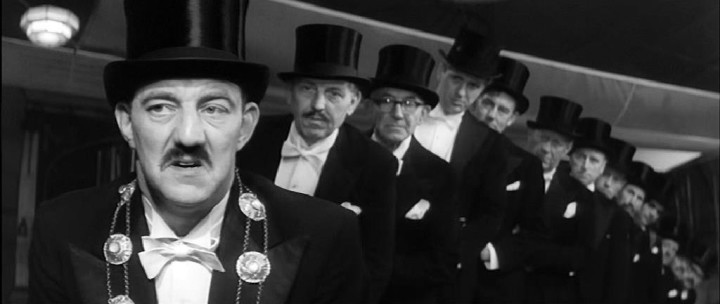
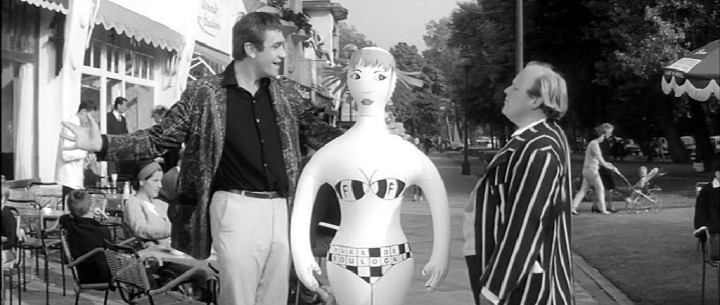
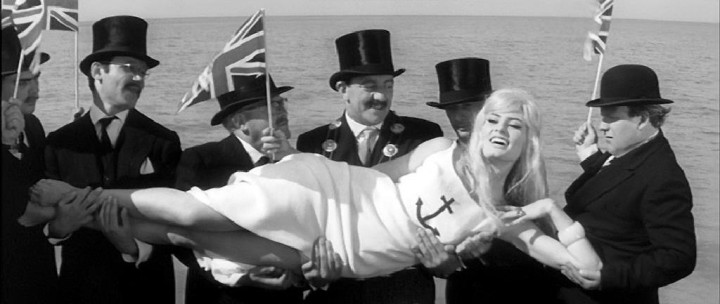
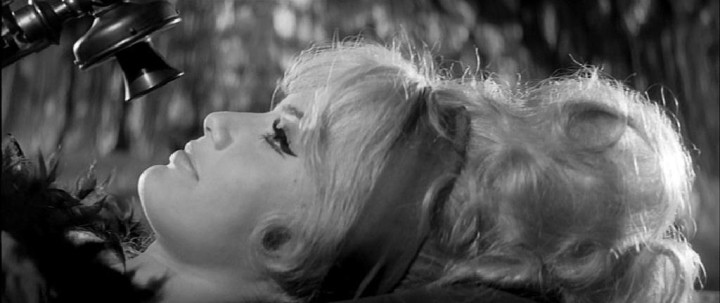
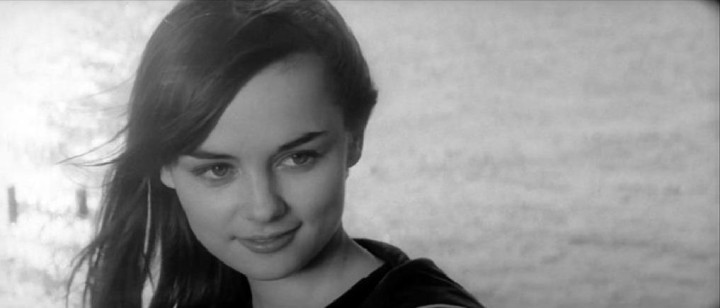
This is such an insightful and brilliant review it makes my teeth ache. You’ve done it again, Ken Hanke. T’Other Ken thanks you, I thank you and for all I know, both the film-buffed and the unbuffed thank you. You hit so many of the facets of this film that T’Other Ken was trying to include. It’s uncanny.
Thank you. I was trying to do it — and Ken — some kind of justice. I’m glad we got to watch this together when you were here last time.
Yes. Unforgettable for me. Even T’Other Ken agreed Alita couldn’t act, but what the hey, that’s part of her charm (and his comment perhaps on Young American guilelessness mixed with a certain brattiness). The more I see it, the more I like her and that sailor suit! The skating scene with the balloons!
Young American guilelessness mixed with a certain brattiness
She could be said to embody that!
Very cool.
You coming?
I don’t see why not. Sometimes I host trivia on Tuesdays but free on the seventh.